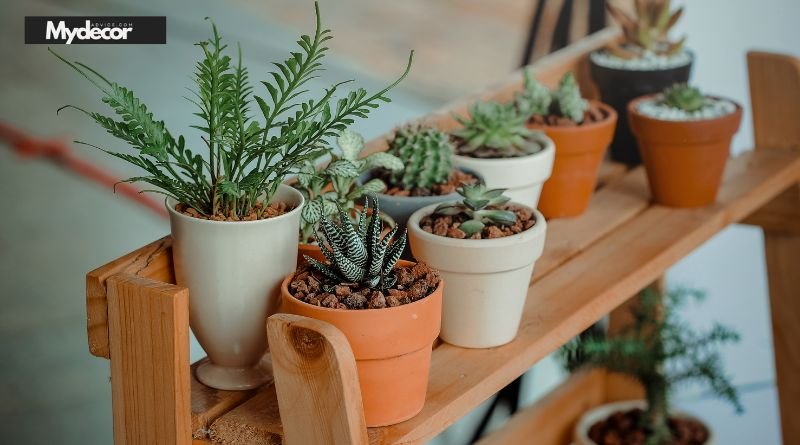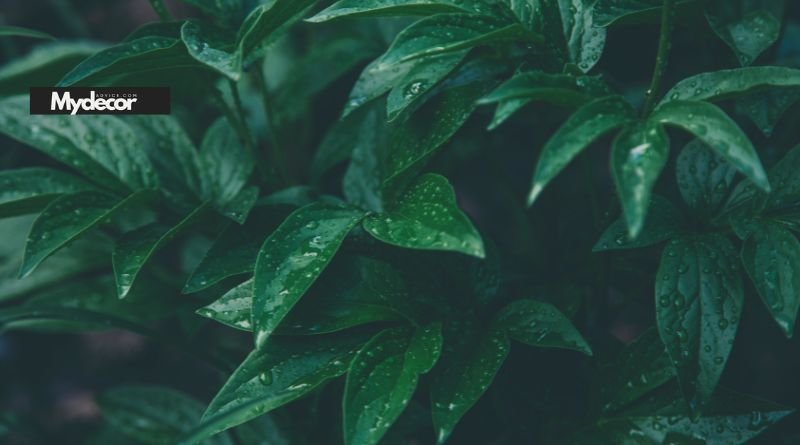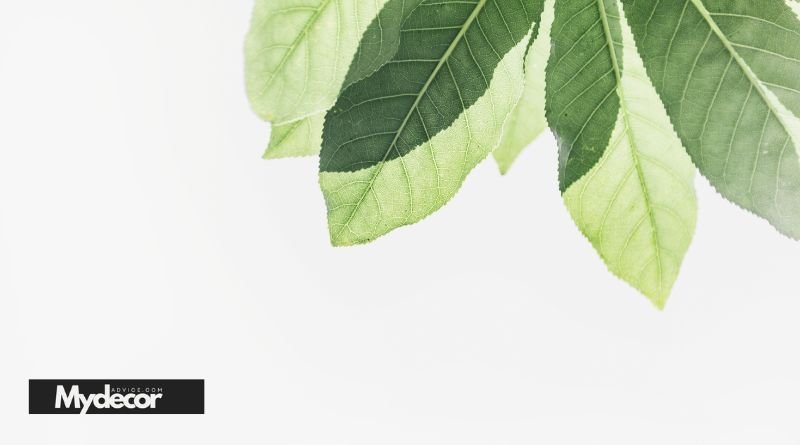The ZZ plant, or Zamioculcas zamiifolia, is one of the most beloved houseplants among plant enthusiasts and beginners alike. Known for its glossy green leaves and low-maintenance nature, the ZZ plant has become a staple in homes, offices, and public spaces worldwide. Its adaptability to different lighting conditions and its ability to thrive in less-than-ideal circumstances make it an excellent choice for anyone looking to add greenery to their indoor spaces.
Origin and History of the ZZ Plant
The ZZ plant is native to Eastern Africa, primarily thriving in countries like Kenya and Tanzania. It was first classified as a species in the early 19th century but didn’t gain widespread popularity as a houseplant until the late 20th century. Its rise to fame can be attributed to its stunning aesthetics and ability to survive with minimal care.
This hardy plant was initially used for landscaping in commercial spaces due to its resilience, but its popularity quickly spread to households. The ZZ plant symbolizes prosperity and growth in various cultures, making it a favorite gift for housewarmings and new beginnings.
Physical Characteristics of the ZZ Plant
One of the most striking features of the ZZ plant is its waxy, glossy leaves, which reflect light beautifully, giving the plant a polished appearance. These leaves grow on long, arching stems that rise directly from the plant’s rhizome—a potato-like structure beneath the soil that stores water.
The ZZ plant typically grows up to two to three feet indoors, making it an ideal choice for tabletops, desks, or corners that need a touch of green. It also produces flowers, although rarely indoors, and these blooms are usually small and inconspicuous, hidden near the base of the plant.

Benefits of the ZZ Plant
1. Air Purification
The ZZ plant is known for its air-purifying qualities. Studies by NASA have shown that certain indoor plants can remove toxins like benzene, toluene, and xylene from the air. While the ZZ plant may not be the most efficient air purifier compared to others like the spider plant, it still contributes to improving indoor air quality.
2. Low Maintenance
For those who struggle to keep houseplants alive, the ZZ plant is a dream come true. It can tolerate neglect, low light, and infrequent watering, making it perfect for busy lifestyles.
3. Aesthetic Appeal
With its sleek, glossy leaves, the ZZ plant adds a modern, sophisticated touch to any interior. Its minimalist look complements a variety of decor styles, from contemporary to bohemian.
4. Pet-Friendly Alternatives
While the ZZ plant is toxic to pets and humans if ingested, its low-maintenance nature means it can be kept out of reach easily. For pet owners who want a similar aesthetic, consider non-toxic alternatives like the parlor palm.
Care Tips for the ZZ Plant
1. Light Requirements
The ZZ plant thrives in a wide range of lighting conditions. While it prefers bright, indirect light, it can tolerate low-light environments, making it ideal for offices and rooms with minimal natural light. However, avoid placing it in direct sunlight, as this can scorch its leaves.
2. Watering Needs
The ZZ plant is drought-tolerant, thanks to its rhizomes, which store water. Water it only when the soil is completely dry, typically every two to three weeks. Overwatering can lead to root rot, a common issue for ZZ plants.
3. Soil and Potting
Use well-draining soil to prevent water from pooling around the roots. A pot with drainage holes is essential to ensure excess water can escape. Repot the ZZ plant every two to three years to refresh the soil and give the roots more space to grow.
4. Temperature and Humidity
The ZZ plant prefers temperatures between 65°F and 75°F (18°C to 24°C) but can tolerate a broader range. It doesn’t require high humidity, making it a great choice for dry indoor environments.
5. Fertilization
Feed the ZZ plant with a balanced liquid fertilizer every two to three months during the growing season (spring and summer). Avoid over-fertilizing, as this can lead to salt buildup in the soil.

Common Problems and Solutions
1. Yellowing Leaves
Yellow leaves are often a sign of overwatering. Reduce watering frequency and ensure the soil is well-draining.
2. Brown Tips
Brown tips on the leaves may indicate low humidity or underwatering. Check your watering schedule and consider misting the plant occasionally.
3. Pests
While the ZZ plant is relatively pest-resistant, it can occasionally attract spider mites or mealybugs. Wipe the leaves with a damp cloth and apply insecticidal soap if pests are present.
Propagation of the ZZ Plant
Propagating the ZZ plant is a simple process, making it easy to share with friends and family. There are two primary methods:
- Leaf Cuttings
- Cut a healthy leaf from the plant and place it in water or soil.
- If using water, change it every few days to prevent stagnation.
- Roots will begin to form in a few weeks.
- Division
- Remove the plant from its pot and separate the rhizomes carefully.
- Plant the divisions in separate pots with fresh soil.
ZZ Plant in Feng Shui
In Feng Shui, the ZZ plant is considered a symbol of prosperity and good luck. Its upward-growing leaves are said to attract positive energy and financial success. Placing it in the wealth corner of your home or office can enhance its Feng Shui benefits.
Conclusion
The ZZ plant is a versatile, low-maintenance houseplant that brings beauty and functionality to any space. Its ability to thrive in various conditions, coupled with its air-purifying qualities and aesthetic appeal, makes it a favorite among plant enthusiasts. Whether you’re a seasoned gardener or a beginner, the ZZ plant is a perfect addition to your indoor garden.
With proper care and occasional attention, this resilient plant will reward you with its lush, glossy foliage for years to come.
Also Read:








